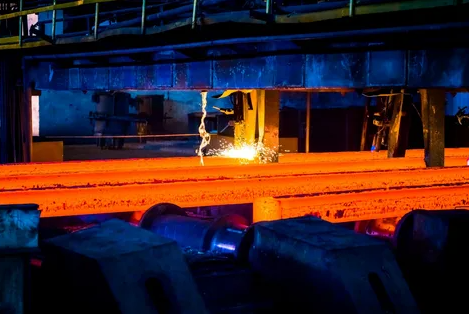The study of the ITP Urbanik (based on industrial enterprises of the Russian Federation) showed that the Russian economy is gradually moving into a post -industrial stage. Large cities are already less dependent on factories, and small cities are still holding on to traditional industry. Corporations determine the Russian economy. Global integration has strengthened the raw materials specialization, but did not stop the post-industrial shift.
millionaires leave the factories
in most cities, less than 10% of residents work in industry. For example, in Moscow, St. Petersburg and Krasnodar - only 2%, and in Nizhny Novgorod - 11%. Their economy is now kept in trade, services and digital technologies. At the same time, automation supports large enterprises. “Industry 4.0” is developing (robots, digital technologies), and after 2022, a boom in the military -industrial complex and import substitution was added.
the corporate sector dominates in industry, especially in raw materials
90% of industrial workers at large enterprises with an average of 650 people. Employment leaders - Gazprom, Rosneft and Rosatom. The number of employees in the top 3 corporate cities includes Moscow, Nizhny Novgorod and St. Petersburg. The highest concentration of corporate workers in the electric power industry (94%) and coal industry (79%). In the cities of the mining industry, dependence on corporations is especially noticeable: in Kogalym 79%of the population works for corporate enterprises, in Kirovsk - 50%, in Norilsk - 30%.
Small cities still depend on one factory
in cities with a population of less than 50 thousand in industry, 17%of residents work, and in some - over 25%. 700 city -forming enterprises (where 10% of the population work) support life in small cities and towns. A quarter of them - extracting (oil, gas, ore), and sometimes 30% of residents work in one enterprise.
Monogorod learn to live without a total dependence
now in Russia 321 single -industry, but after revising their criteria, they will become 218. In recent years, business, not related to urban -forming plants, has grown 3 times, and people are increasingly working or eaten or eat. to earn in other cities. At the same time, after the 1990s, there was a reduction in mechanical engineering and electronics, while mining and processing industries strengthened their positions due to access to cheap energy and export capabilities.
Russia was divided into “service” megacities and “factory” small cities
large cities are actively introducing industry 4.0 technologies, and they develop the Graduate Committee and develop the military Digital services. At the same time, in small cities, despite the preserved dependence on raw materials, there is an increase in small business and the spread of shift employment.






